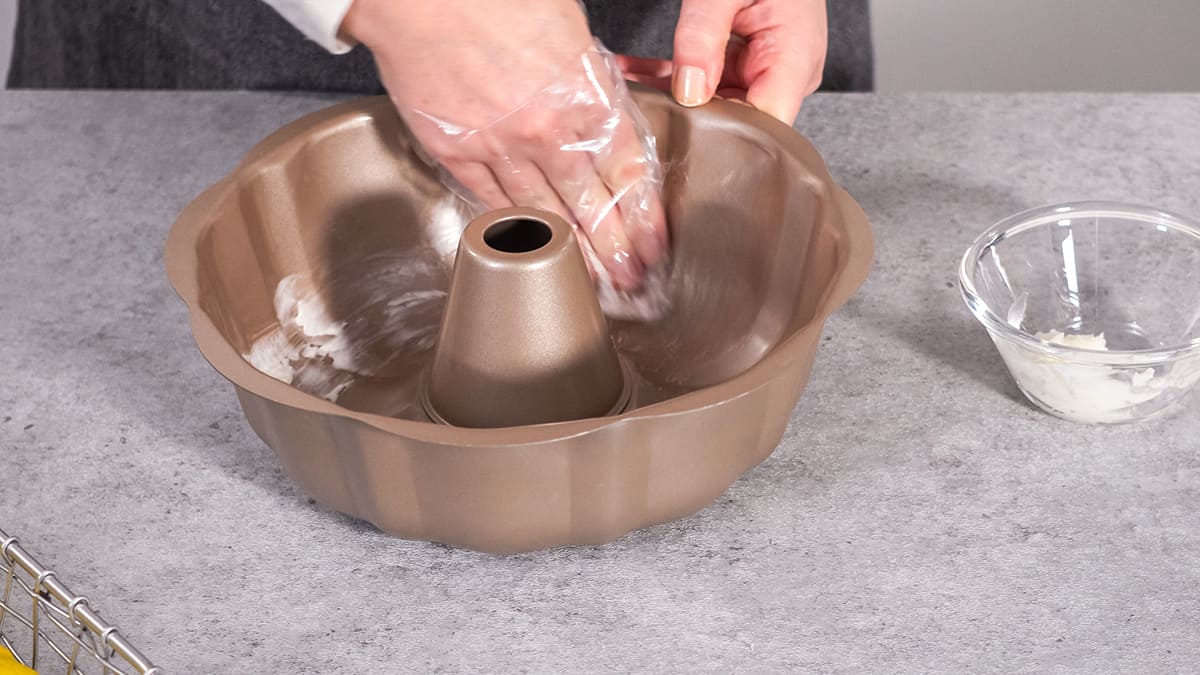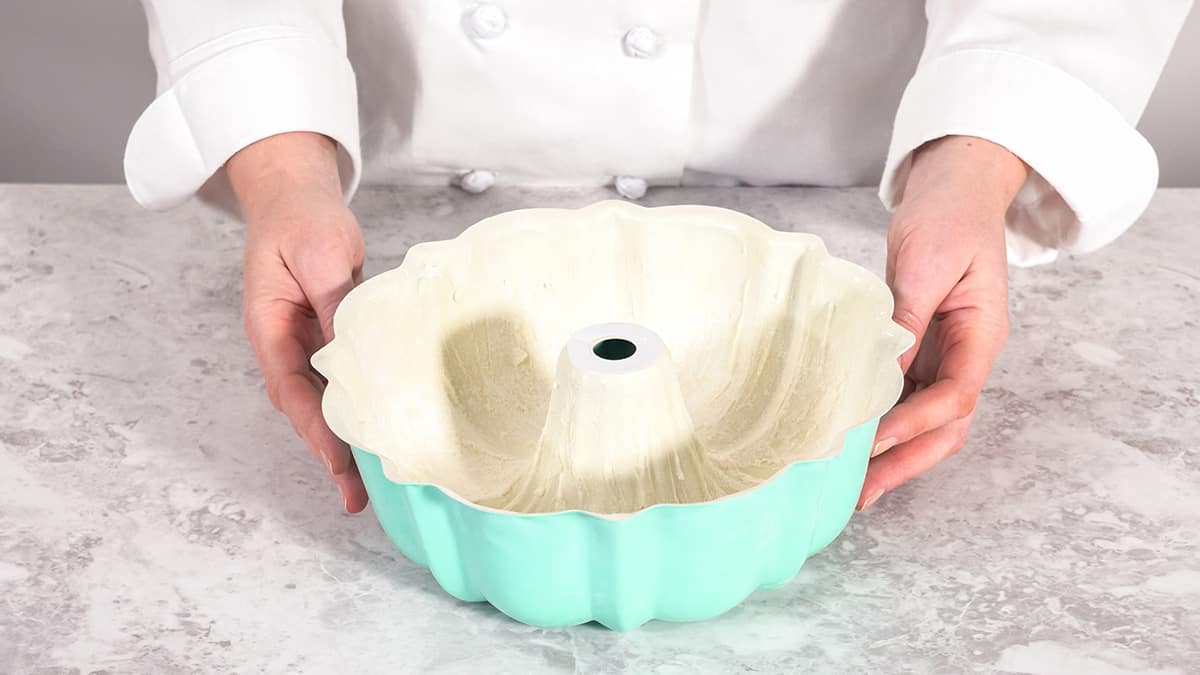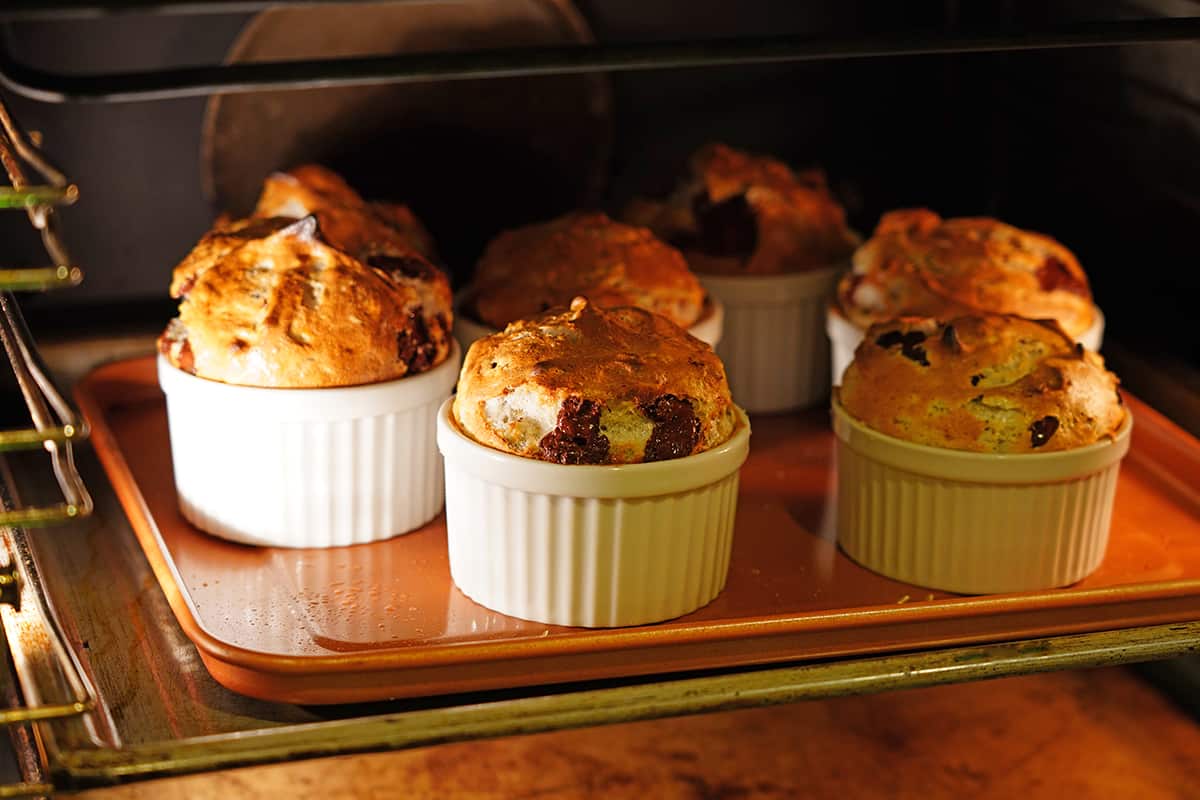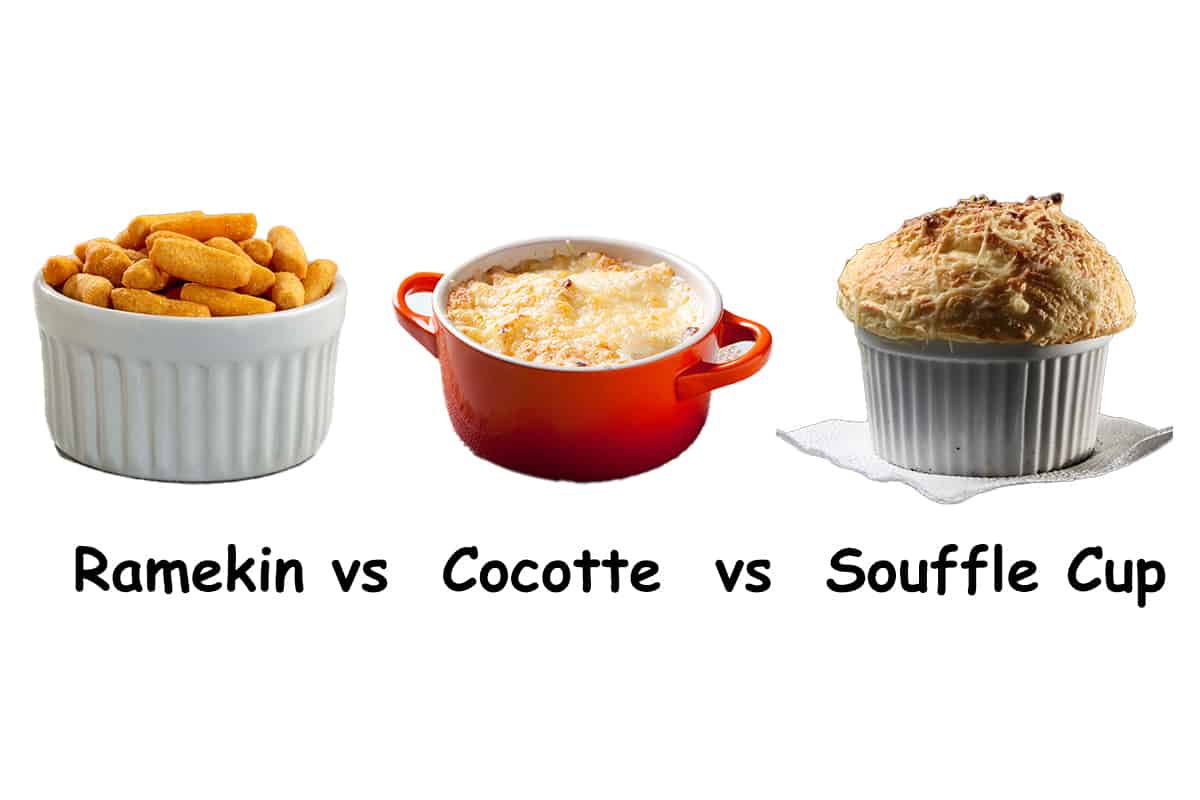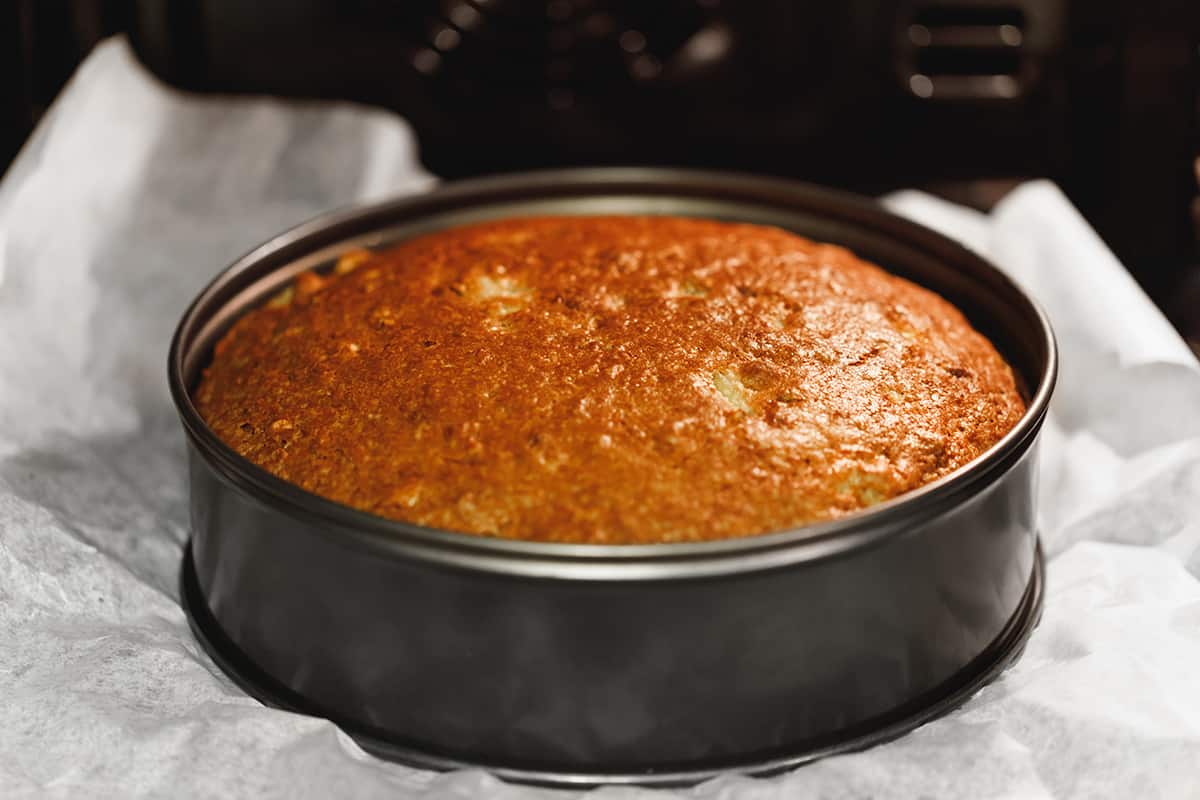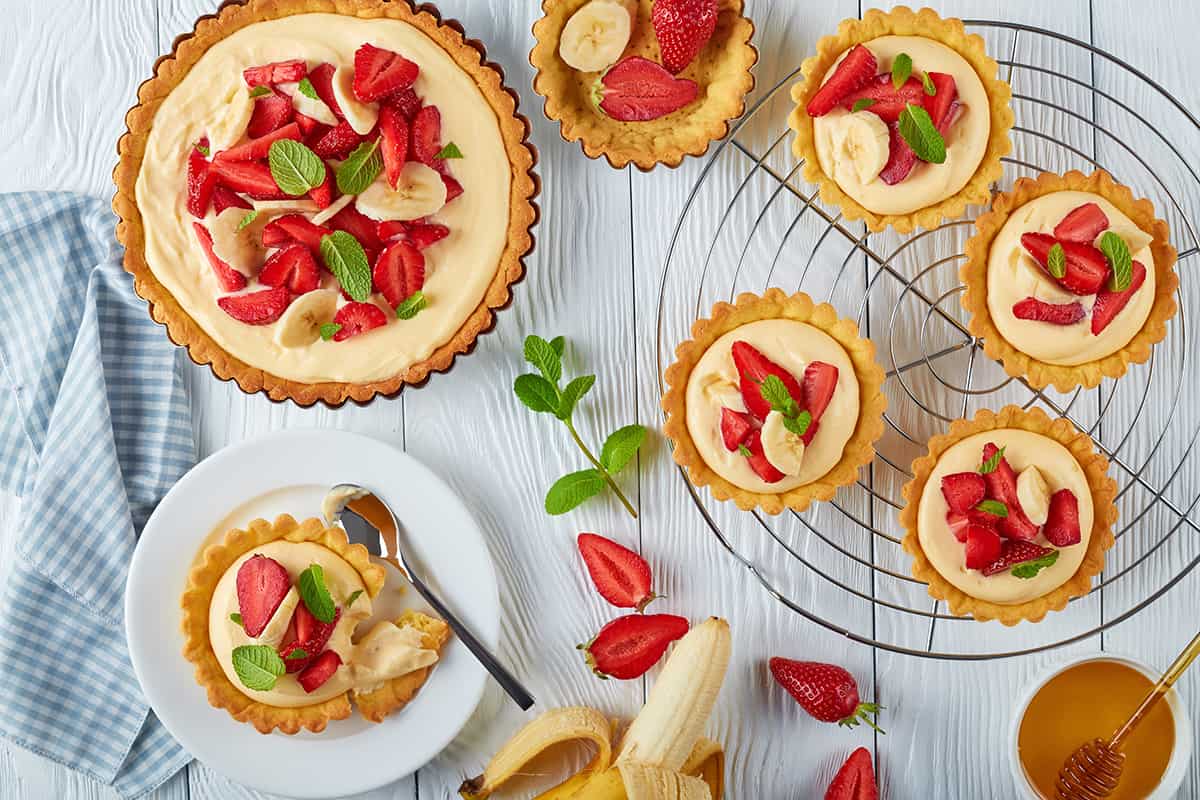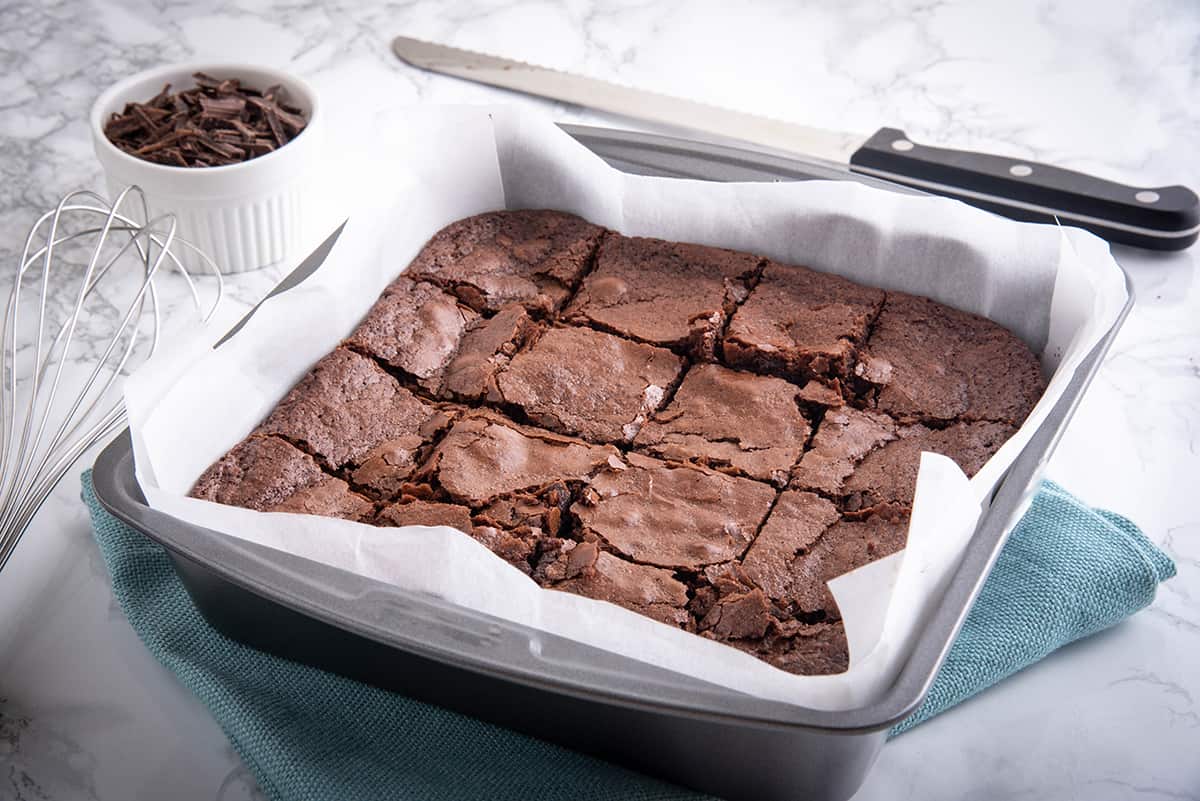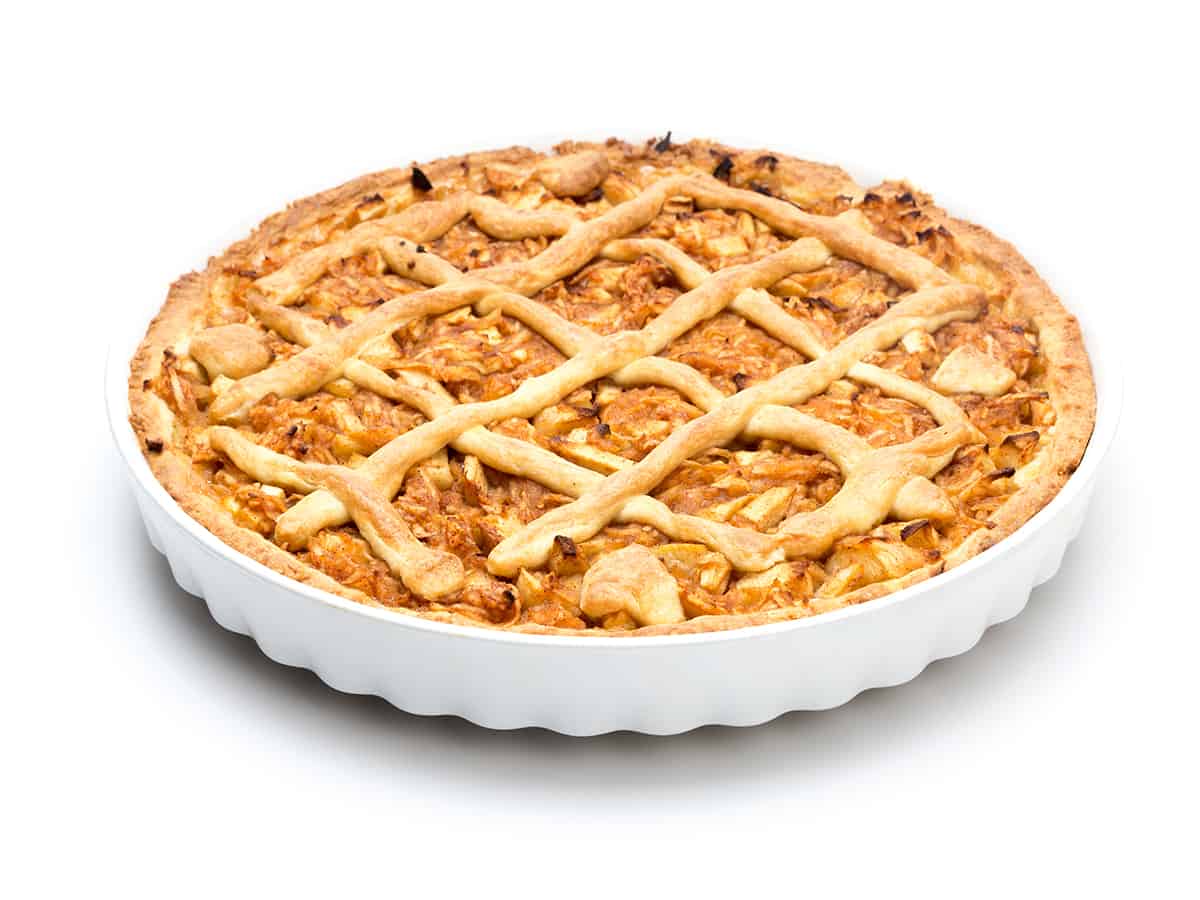Bundt cakes make excellent centerpieces or celebration cakes, since they have a more intricate and interesting design than regular cakes. However, the design of bundt cake means that unlike springform cake pans, sticking often becomes an issue.
Bundt pans are notoriously difficult to keep clean because of their intricate shapes. When remnants of the cake mixture get burnt on to the pan this adds an extra layer of difficulty, but it’s essential that bundt pans are clean when you bake with them because a dirty pan can cause the cake batter to stick to the sides. You might be tempted to scrub a burnt bundt pan to get it clean, but in doing this you run the risk of scrubbing away the non-stick layer on the pan, which would also cause issues.
Here we look at a wide range of both sweet and savory recipes that can be cooked in a brownie pan, so you can get the most use out of this specialist piece of baking equipment.
Ramekins intended for use in the oven or under the broiler will typically reach temperatures of between 450 and 500°F, but this will depend on the material the ramekin is made from, and the quality of the produce. Some ramekins made from more robust materials can withstand intensely hot temperatures of up to 900°F.
If you’re stocking up your kitchen cabinets with baking dishes then you may have come across the terms ramekin, cocotte, and souffle cup. Unless you’re an experienced chef, you may be unaware of the differences between these types of baking dishes, and what they are used for. Here we investigate what differentiates ramekins from cocottes and souffle cups, helping you to decide if you need any of these items, and which will be best suited for your own cooking style.
These pans have a number of similarities but also some key differences. They can be used interchangeably in some circumstances, though not all. Here we look at the ways to identify these types of pans and discuss which types of baking they are best utilized for.
The length of time your bundt cake needs to spend in the oven will depend primarily on the size of the pan. A standard 12-cup bundt pan will take around 45 minutes to cook, but it’s not unusual for bundt cakes to need over an hour in the oven.
Cake pans come in a variety of sizes, but the most common are 6, 8, 9, 10, and 12 inches in diameter. They will usually measure 2 inches tall, but some of the larger pans will have much deeper bases.
Generally, there are two jelly roll pan sizes—quarter pans that measure 9 × 13 inches and half pans that are 12 × 17 inches. Both jelly roll pan sizes have 1-inch-tall rims.
The standard tart pan size is 9-1/2 inches in diameter and 3/4 to 2 inches in depth. However, the exact measurements of a tart pan will vary from brand to brand.
. Traditional brownie pans come in 8-inch or 9-inch squares, while rectangular brownie pans measure 9 × 13 inches are popular, too. Both pan shapes stand 2 to 3 inches tall.
When looking up pie recipes online or in cookbooks, most of them will have you prepare enough ingredients to fill a standard 9-inch wide by 1.25-inch deep (23 × 3-centimeter) pie dish.
